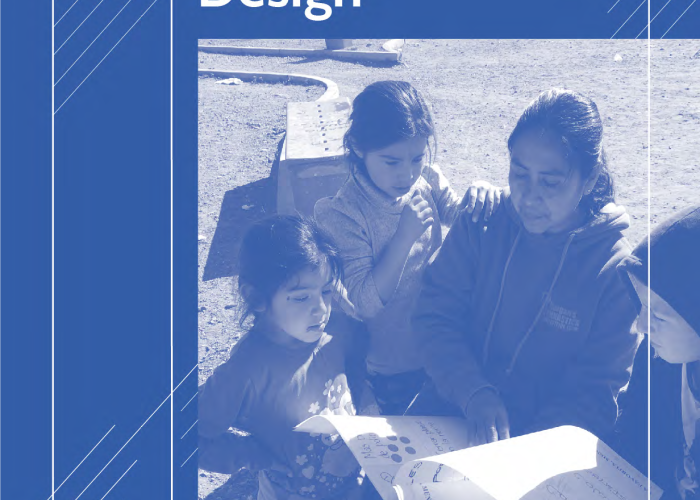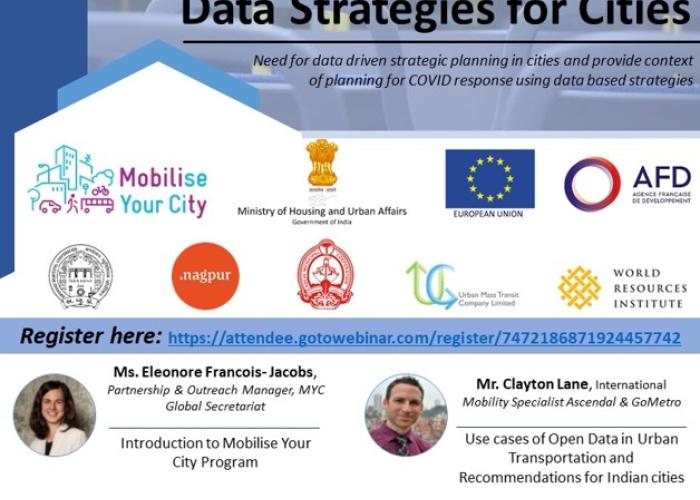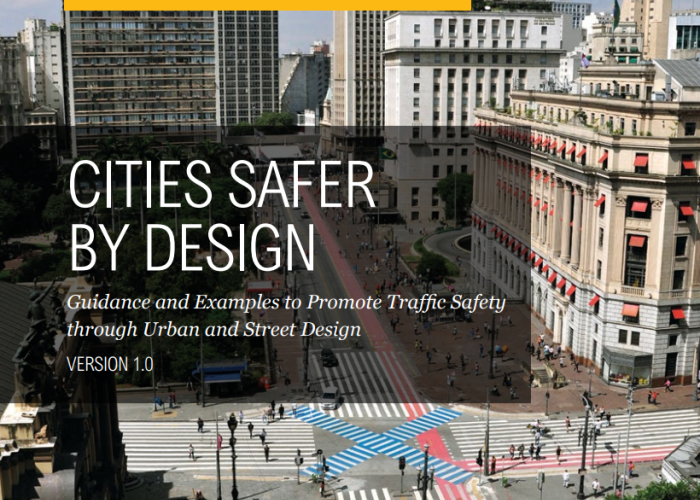Handbook for Gender-Inclusive Urban Planning and Design - World Bank
Key findings
With women occupying just 10 percent of the highest-ranking jobs at the world’s leading architecture firms, cities have historically been planned and designed to reflect traditional gender roles and gendered division of labor. As a result, cities work better for men than they do for women.
Men, women, gender minorities and people of different abilities tend to use the public space in different ways: people all have different needs and routines when it comes to our access to the city. However, the city is built for the “neutral” male user, neglecting the needs, interests and routines of women and girls in the city.
There are six issue areas in the built environment that combine with gender inequity to constrain, inconvenience, and even endanger women, girls, and sexual and gender minorities of all ages and abilities:
- Access – using services and spaces in the public realm, free from constraints and barriers
- Mobility – moving around the city safely, easily, and affordably
- Safety and freedom from violence – being free from real and perceived danger in public and private spheres
- Health and hygiene – leading an active lifestyle that is free from health risks in the built environment
- Climate resilience – being able to prepare for, respond to, and cope with the immediate and long-term effects of disaster
- Security of tenure – accessing and owning land and housing to live, work, and build wealth and agency
Although the World Bank and other institutions are firmly committed to advancing gender equality, oftentimes urban planners, project managers, and practitioners lack awareness of the importance of prioritizing gender in the urban design process, and do not have the specific, on-the-ground knowledge or tools to effectively implement gender-inclusive strategies.
To address this, the Handbook for Gender-Inclusive Urban Planning and Design encourages gender-inclusive planning and design, which actively includes the voice of women, girls, and sexual and gender minorities. The publication seeks to fill the clear gap between policy and practice, intention and action, by showing why and how to incorporate gender inclusion into urban planning and design.
The Handbook sets out practical approaches, activities, and design guidelines that show how to do this – how to implement a participatory and inclusive design process that explores the experiences and uses of the city from the perspective of all citizen: women, men, and sexual and gender and other minorities.
It also gives clear, specific design guidelines, appropriate for and adaptable to all regions, for a range of planning fields, including housing, public transport and mobility infrastructure, other infrastructure services, and city master plans.
Case studies of successful gender-inclusive projects from around the world show how simple design measures can dramatically increase agency and wellbeing for disadvantaged groups and gender minorities.
The case studies also show 1) how increasing visibility and participation for disadvantaged groups can promote safety and access to the public realm; 2) how proper planning with a gender lens can ensure the full participation of underrepresented voices; 3) how better representation can yield innovative designs that serve everyone – not just women – better; and 4) how short-term, “stop-gap” measures can complement and even enable long-term strategic efforts to improve gender equity.
There can be no gender-inclusive city without gender-inclusive processes.



